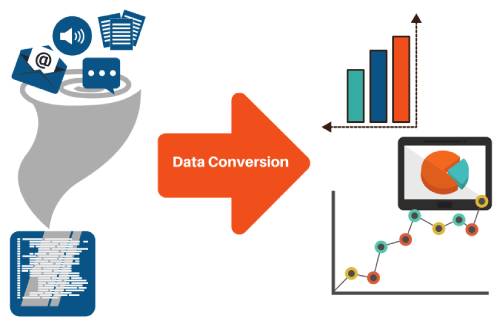What Are Conversions?
A conversion takes place when a visitor to your site takes an action you care about and "Converts" to a customer. This could be through filling out a form, completing a purchase, or by simply showing a high level of engagement with your site. This post will help you define and measure which traffic sources result in conversions.
The Conversion Rate is the percentage of users who take a desired action. The archetypical example of conversion rate is the percentage of website visitors who buy something on the site.
What's a Conversion Event?
While conversion rates are discussed most often for ecommerce sites, it's a concept that matters to everybody who cares about the value of design projects. Conversions don't have to be sales but can be any key performance indicator (KPI) that matters for your business. Examples include:
- Buying something on an ecommerce site.
- Becoming a registered user.
- Allowing the site to store the user's credit-card information for easier checkout in the future.
- Signing up for a subscription (whether paid or free).
- Downloading trial software, a whitepaper, or some other goodie that presumably will predispose people to progress in the sales funnel.
- Requesting more information about a consulting service or B2B product.
- Using a certain feature of an application — especially new or advanced features.
- Upgrading from one level of a service to a higher level — in this case, the baseline user count would only include those users who are already at the lower service level.
- People who didn't just download a mobile app to their phone but also used it; or people who keep using the app a week later.
- Spending a certain amount of time on the site or reading a certain number of articles.
- Returning to the site more than a certain number of times during the measurement period — in this case, it would make the most sense to define the user count as unique visitors.
- Anything else that can be unambiguously counted by a computer and that you want users to do.
We can also count microconversions like simply clicking a link, watching a video, scrolling down past the page fold, or other secondary actions that may not be valuable in themselves but do indicate some level of engagement with the site. Such smaller actions can often be helpful for UX-oriented website analytics that attempt to track smaller design elements.
Why Conversion Rates Are Important
Of course, you want to track the absolute number of whatever user actions you value. But for the sake of managing your user-interface design and tracking the effectiveness of your UX efforts over time, the conversion rate is usually more important than the conversion count.
Even while keeping the design absolutely unchanged, the conversion count could explode if you run a strong advertising campaign that makes a lot of people interested in your product. Good job, marketing team. But since the increased site activity wasn't caused by any design changes, we can't quite give the same kudos to the design team.
The conversion rate measures what happens once people are at your website. Thus it's greatly impacted by the design and it’s a key parameter to track for assessing whether your UX strategy is working.
Lower and lower conversion rates? You must be doing something wrong with the design, even if great advertising campaigns keep driving lots of traffic.
Higher conversion rates? Now you can praise your designers. (Unless you're simply running a sale. Of course you can only ascribe improved business value to the design if other factors were unchanged.)

